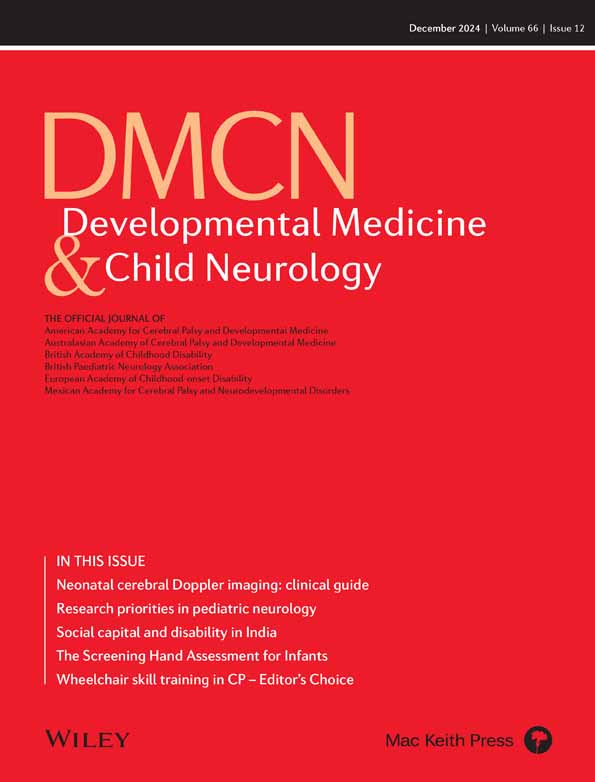Longitudinal caregiver-reported motor development in infants born at term and preterm
Infant movements help us understand the health of a child's nervous system and later cognitive development. Lags in early motor development, often noted after preterm birth, predict outcomes and specific disorders. Relying on repeated time-consuming assessments in the clinic to monitor development is not possible in many places. Caregiver-completed developmental screening tests can be used to monitor early development but the available tests for infants have limitations, including the inability to measure rate of motor growth over time, rather than just screen for delays.
This longitudinal study examined the ability of the PediaTrac motor scale, based on 571 caregivers' online ratings, to detect differences in the development of infants born at term (58%) or preterm (42%). PediaTrac Motor scores measure motor ability as a trait, in a manner that is different from methods used in other developmental tests and is not simply screening for achievement of milestones.





